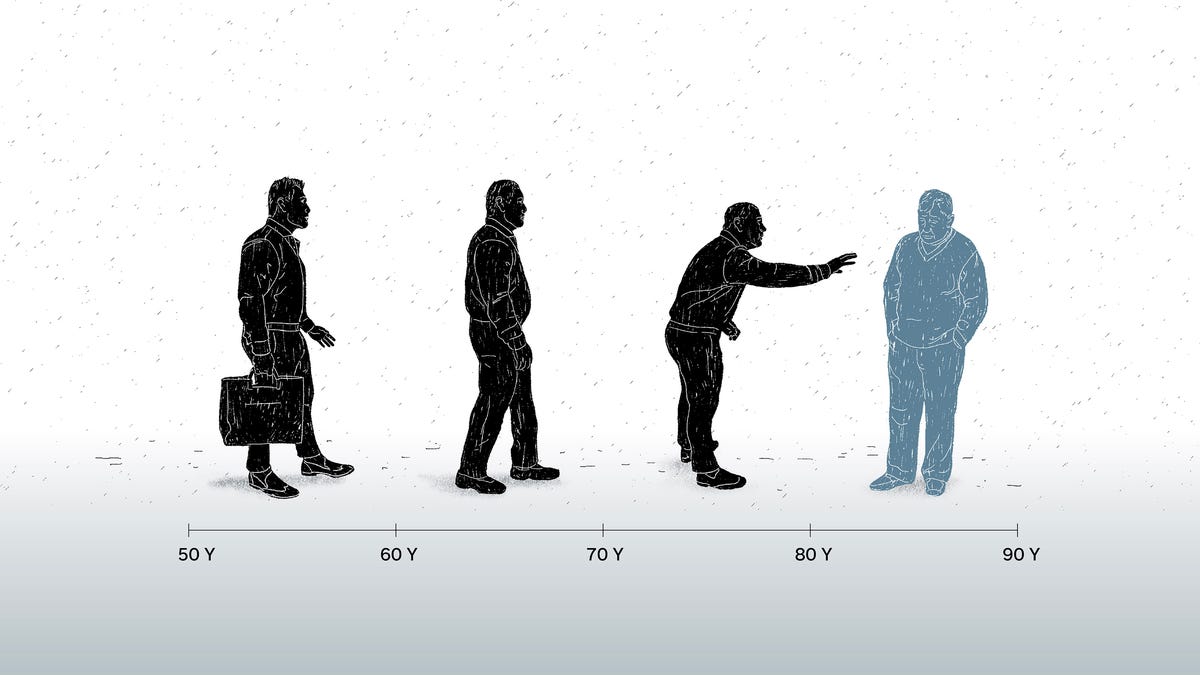US life expectancy rises due to COVID-19 decline
Life expectancy in the US has increased, reaching 77.5 years on average in 2022. This marks a positive trend, largely attributed to declines in mortality due to COVID-19.
unbranded – Newsworthy
Life expectancy rose to 77.5 years on average in 2022, a slight increase of 1.1 years from 2021, according to new studies from the Centers for Disease Control and Prevention.
“Life expectancy at birth increased 1.1 years…largely because of decreases in mortality due to COVID-19, heart disease, cancer, unintentional injuries, and homicide,” the report stated.
Although life expectancy has slightly improved, it continues to remain below its peak of 78.9 years, occurring a decade ago. The U.S. life expectancy also falls behind other comparable countries.
Life expectancy varies by sex
For men, life expectancy increased 1.3 years from 73.5 in 2021 to 74.8 in 2022. For women, life expectancy increased 0.9 year from 79.3 in 2021 to 80.2 in 2022. That’s a 5.4 year age difference in life expectancy between men and women, according to the CDC.
What is contributing to the decade-long decline in life expectancy?
The COVID-19 pandemic and fatal drug overdoses are causing a large death toll in the U.S. COVID deaths took about 186,552 lives in 2022. In comparison, fatal overdoses consumed 107,941 lives.
According to the study, “Age-adjusted rate of drug overdose deaths nearly quadrupled from 8.2 in 2002 to 32.6 in 2022.” The rate did not significantly change between 2021 and 2022.
Heart disease and cancer are the leading causes of death in the U.S and have been so since the early-to-mid 1990’s, according to the CDC. COVID-19 was the third-leading cause of death in 2021, but in 2022 it fell behind “unintentional injuries,” which includes drug overdoses.
Want to live healthier longer?: Visual guide shows how longevity science looks to slow diseases of aging
Feeling hangry?: From food cravings to brain fog, blood sugar spikes may be the cause
Why do some people live longer than others?
Dr. Amit Shah, an internist and geriatrician with Mayo Clinic in Arizona told USA TODAY that “up to 25% of longevity is genetic.” The rest, he says, comes down “to factors that are in our control.” Diet and exercise are two factors that can impact our longevity.
Socioeconomic status also plays a major role in healthy aging and longevity, with impoverished areas that have limited access to healthcare being the hardest hit. “People who live in societies that have the most long-lived individuals (as outlined in the book “Blue Zones” by Dan Buettner), have a high level of social engagement with roles for older individuals to have in the family and society,” Shah told USA TODAY.
Contributing: Daryl Austin

Dr. Debi Johnson is a medical expert and health journalist dedicated to promoting well-being. With a background in medicine, she offers evidence-based insights into health trends and wellness practices. Beyond her reporting, Dr. Debi enjoys hiking, yoga, and empowering others to lead healthier lives.








